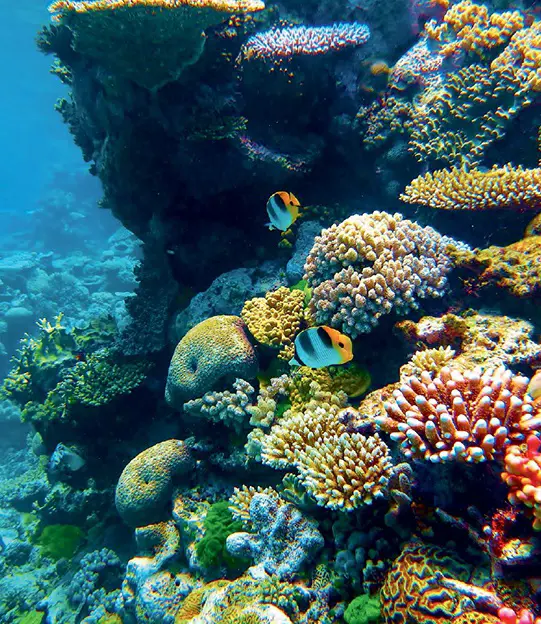The Great Barrier Reef, extending nearly 1,400 miles off Australia’s northeastern coast, stands as the largest coral reef system globally and a significant ecological bioindicator. Coral reefs, like those in the Great Barrier Reef, are highly sensitive to changes in temperature, salinity, and acidity, making them crucial for understanding both ancient and current marine environments. Their sensitivity dates back to the Cambrian Explosion, about 550 million years ago, despite a drastic reduction in coral species during the Permian mass extinction event.
Encompassing thousands of individual reefs and numerous islands, the Great Barrier Reef is akin to a marine metropolis, spanning an area comparable to Germany. Recognized for its ecological importance, it was designated as a Marine Park by the Australian government in 1975 and further acclaimed as a UNESCO World Heritage Site in 1981.
The reef’s health is primarily sustained through endosymbiosis, a mutualistic relationship between corals and algae. This relationship is currently under threat due to increasing ocean temperatures, overfishing, acidification, and pollution, leading to coral bleaching. This phenomenon signifies a breakdown in the symbiotic bond, causing the algae to decrease and the corals to starve. While recovery is possible, it demands concerted global efforts to reduce environmental stressors.

